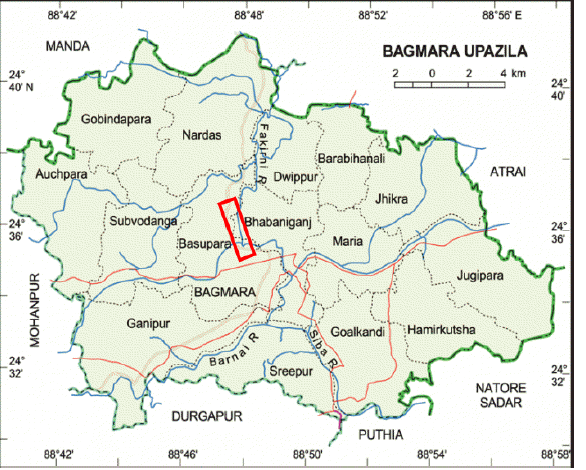How seasonal fish biodiversity is impacting local river fisheries and fishers socioeconomic condition: A case study in Bangladesh
Main Article Content
Abstract
River fisheries are critical to ensure the sustainable provision of quality food and nutrition as well as economic stability of the millions of local populations in developing nations. The Fakirni River is home to a diversity of fish species. Here, we present the status and seasonal abundance of fish species in the Fakirni River and their impact on the fishermen's livelihood compared to other small rivers in Bangladesh. Monthly sampling was carried out using a lift net, and a total of 26 fish species belonging to 18 genera, ten families, and six orders were recorded during 12 months. The Shannon-Weiner diversity, species richness, evenness index, dominance, Simpson index, Brillouin index, equitability, and Berger-Parker indices provided 1.61±0.47, 1.93±0.53, 0.52±0.41, 0.29±0.17, 0.70±0.17, 1.47±0.41, 0.68±0.17, and 0.42±0.18, respectively. The Bray-Curtis similarity cluster analysis was performed among the diversity indices and observed three available fish species. Almost all the fishermen (91%) were Muslim of age 38.67±15.05 years and possessed fishing experience for 19.94±15.42 years, with a monthly income of BDT 4166.67±1331.85. The fishermen community neither received any training nor involvement with the NGOs or other organizations to get any financial support or loans. In conclusion, despite significantly vulnerable contexts of the community-based fisheries management system and inadequate resources, fishing's livelihood outcomes were positive. However, stringent measures must be taken to manage the river fisheries sustainably by the active involvement of the local fishermen communities.

